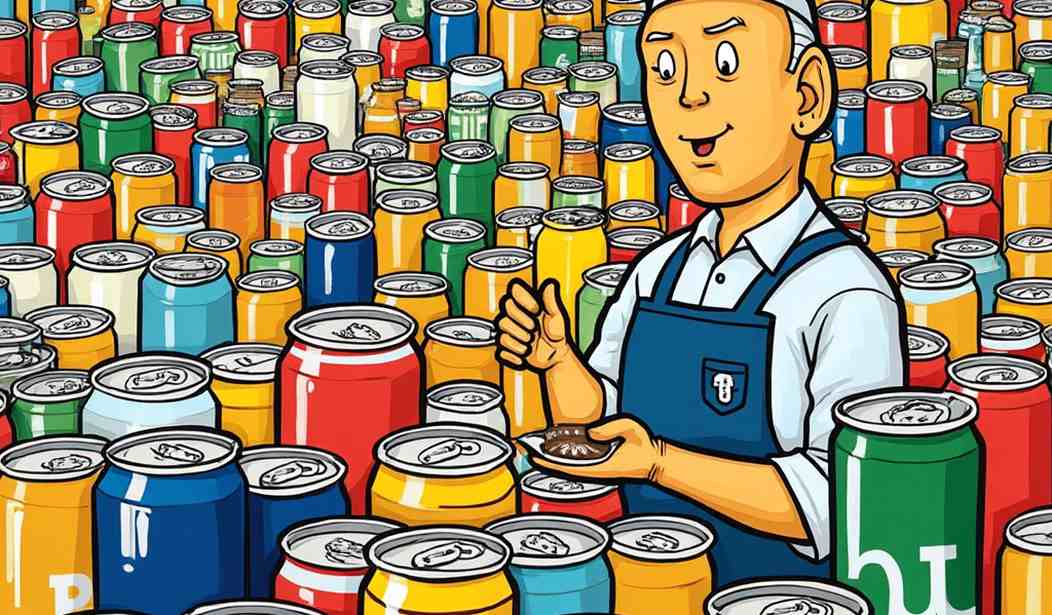Two paintings that are meaningful to me hang on walls in my house. One of them is a field of turquoise, purple, and pink flowers against a backdrop of a blue sky with a yellow sun and some inexplicable red blob. The other portrays Uga, the University of Georgia’s bulldog mascot, with the football program’s two recent national championship trophies flanking him.
As much as I love these paintings, I would never conflate these two paintings with fine art; nobody else would for that matter. My oldest niece, Kenzie, painted the first one as a birthday present for me when she was three, so it has obvious sentimental value. I bought the second one from Michael Davenport, a disabled artist who paints in Athens, Ga., so it connects me both to my college town and his inspiring story.
The question of “What is art?” is an eternal debate. It’s a cop-out to say that art is in the eye of the beholder since everybody has his or her distinct taste. At the same time, it’s easy to see why certain works of art have importance or value, even if they’re not to one’s taste.
For example, I find Andres Serrano’s “P*** Christ” blasphemous, but I can see why art lovers find it transgressive and therefore valuable. I prefer more traditional and orderly types of artwork to more modern art, but I understand the importance of both styles.
These days, almost anything goes in the art world. One bizarre story out of the Netherlands demonstrates how easy it can be to confuse modern art with something more mundane.
The LAM museum in Lisse, the Netherlands, not only features uncommon works of art but displays them in unusual ways. It’s a way of cultivating an atmosphere of wonder for patrons.
Flashback: Why Is the U.S. Government Funding Drag Performances in Ecuador?
“We try to surprise the visitor all the time,” Froukje Budding, a museum spokesperson, told The Guardian.
“Our art encourages visitors to see everyday objects in a new light,” said Sietske van Zanten, the museum’s director. “By displaying artworks in unexpected places, we amplify this experience and keep visitors on their toes.”
One of those unique pieces was “All the Good Times We Spent Together” by French artist Alexandre Lavet. Lavet describes the piece as “a tribute to Brussels streets, artists’ studios, friends’ flats, parties, exhibition openings at galleries and artist-run spaces, and to this common and familiar object who brings people and friends together.”
“All the Good Times We Spent Together” looks like two empty beer cans, one standing upright and the other on its side and dented. You could easily forgive somebody for thinking that the two cans are trash, but Lavet actually handcrafted and hand-painted them.
LAM displayed the artwork in an elevator, and an unsuspecting mechanic saw them and tossed them in a trash can. When LAM’s curator came back to the museum from a break, she noticed that the cans were gone. She frantically searched for them before finding them in a trash bag that someone was getting ready to throw out.
A beer can artwork was accidentally thrown in the bin by a staff member at a Dutch museum. A mechanic working at the museum assumed the artwork was rubbish. https://t.co/YfqT7EyUQs
— Matthew Fraser 🇪🇺 (@frasermatthew) October 8, 2024
Budding said that there are no hard feelings toward the mechanic who was “just doing his job,” but she pointed out that “We have now put the work in a more traditional place on a plinth so it can rest after its adventure.”
The Guardian points out that this isn’t the first time someone has “ruined” unusual artwork. In 2011, a custodian at a German museum vigorously cleaned what she thought was a dirty sculpture, ruining a piece of art worth hundreds of thousands of dollars. Last year, a patron at a South Korean museum ate a banana that was part of an art installation. I would add that art restoration has sometimes destroyed priceless pieces as well.
This story goes to show that one man’s trash is another man’s treasure. Instead, maybe we should flip it around and say that one man’s treasure is another man’s trash.










Join the conversation as a VIP Member